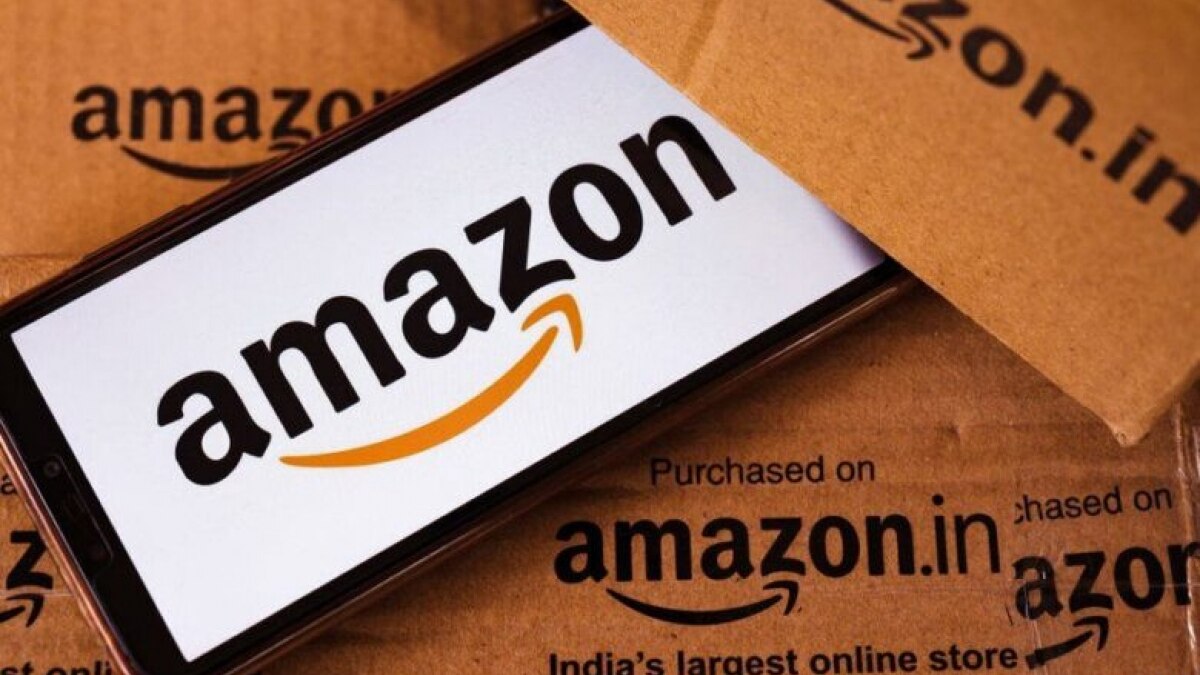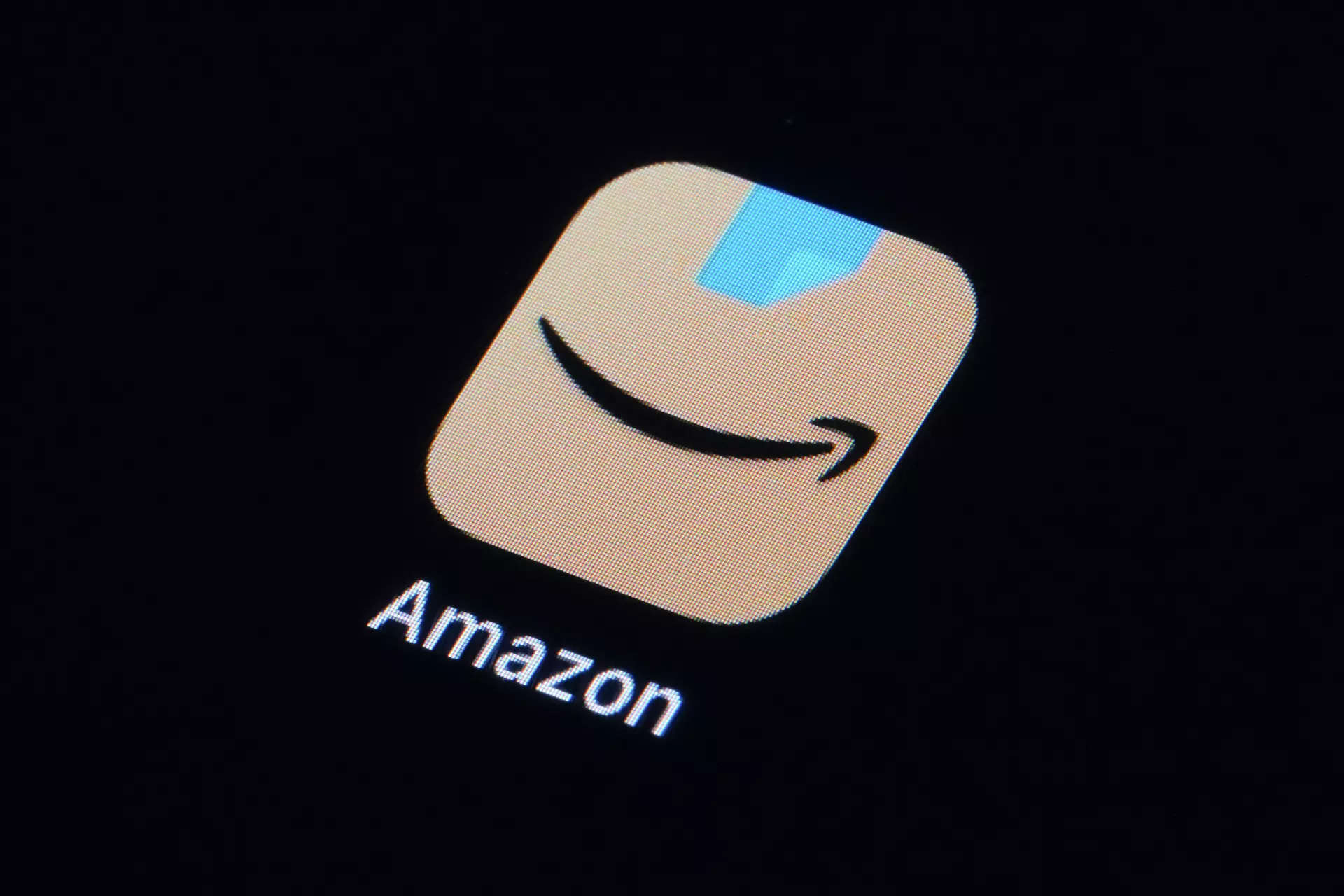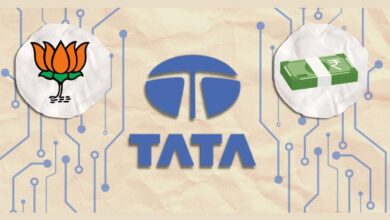Amazon’s Application for Satcom Licence in India: Expanding Connectivity Initiatives 2023

Amazon’s Application for Satcom Licence in India: Expanding Connectivity Initiatives 2023
The e-commerce behemoth, Amazon, has recently applied for a satellite communication (satcom) licence in India. This move has the potential to change the landscape of India’s telecommunication and internet service sector.
Amazon’s satellite ambitions aren’t new. The company has been working on a global initiative called “Project Kuiper,” aiming to deploy over 3,000 satellites in low Earth orbit (LEO) to provide high-speed, low-latency internet access to underserved and unserved regions around the world.
Amazon intends to offer broadband internet services to consumers, enterprises, and the government in India. By doing so, they aim to bridge the digital divide, especially in rural and remote regions of the country.
Amazon’s application for a satcom licence is under the purview of the Department of Telecommunications (DoT) and the Indian Space Research Organization (ISRO).
According to officials with knowledge of the situation, Amazon filed its application for satellite communication services in India to the department of telecommunication (DoT) on Thursday. The US-based corporation, which will compete with companies like OneWeb, Jio Satellite, and Starlink by providing satellite-based internet, has submitted an application for the licence under its Project Kuiper programme.
The advancement is significant because on October 6, the business is scheduled to launch its first two satellites, KuiperSat-1 and KuiperSat-2, from Cape Canaveral in Florida.

Companies must get a Global Mobile Personal Communication by Satellite (GMPCS) licence from the government in order to offer satellite-based communication services, including internet broadband. OneWeb and Jio Satellite, both supported by the Bharti Group, have already received GMPCS licences from the government; Starlink’s application is anticipated to be accepted this month.
Amazon started working on Project Kuiper in 2018, and in 2020, the US Federal Communications Commission (FCC) granted them permission to launch and use Project Kuiper satellites. In order to bring inexpensive internet to underprivileged regions throughout the world, the business has pledged to invest over $10 billion in the initiative.
Amazon’s Project Kuiper is still developing a significant satellite base to provide satellite broadband services, in contrast to OneWeb and Starlink, which have around 630 and 4,600 satellites in orbit, respectively. In order to create a constellation for satellite internet access, the business intends to launch 3,200 satellites over the following six years.

Since fibre connectivity is not feasible in remote places, there is a significant market opportunity in the satcom sector in India.However, the businesses could require some kind of government assistance to make the services affordable.
Although the cost of satellite broadband space will be more expensive than fiber-based broadband services, certain promotional offers are anticipated with the introduction of players like Project Kuiper and Starlink.
Although Amazon hasn’t yet disclosed pricing information, Project Kuiper places a strong emphasis on accessibility. According to material on the company’s website, Amazon “has a long history of committing to low prices and lots of experience building popular, low-cost devices like Echo Dot and Fire TV Stick.”
Satellite Internet service costs are anticipated to range from Rs 8,000 to Rs 10,000 per month, plus a one-time setup fee, according to industry estimates. When compared to reasonably priced home broadband options offered by telecoms like Reliance Jio, which cost Rs 399 per month, this is a lot more.

Before services can begin, it is imperative that the manner of spectrum distribution and the rules governing foreign direct investment be made clear to the firms.
These entities evaluate the feasibility, technological capability, security implications, and the potential impact on existing telecommunication players.
While the complete technical blueprint of the proposed project is proprietary, the initiative is likely to involve a combination of ground stations, user terminals, and gateway stations, aside from the satellites.
One of the foremost benefits would be the improved broadband connectivity, especially in areas where traditional terrestrial infrastructure, like fiber optics, is challenging to deploy.
Improved connectivity can spur economic activities in remote areas, fostering growth in sectors like e-commerce, education, telemedicine, and more.Amazon’s entry could mean heightened competition for existing internet service providers, potentially leading to better services and lower prices for consumers.
The deployment of infrastructure would require manpower, which could mean the creation of new jobs, both direct and indirect.With Amazon’s global expertise, there’s potential for India to witness advancements in satellite and communication technology.

India has a stringent regulatory framework, especially concerning space and telecommunication. Amazon would need to navigate these efficiently.There could be apprehensions about data security, especially with data routing through satellites.
While satellites are the primary component, establishing ground-based infrastructure could pose challenges, especially in areas with difficult terrains or logistical issues.Convincing the general populace, especially in rural areas, about the advantages of satellite internet and its reliability compared to traditional means might be challenging.
Amazon’s application for a satcom licence in India is a testament to the vast potential the Indian market holds. If successful, this can revolutionize the way the vast majority of India accesses the internet.
While challenges remain, the benefits—economic growth, enhanced connectivity, job creation, and technological advancements—are significant. It remains to be seen how this initiative unfolds in the coming years.






